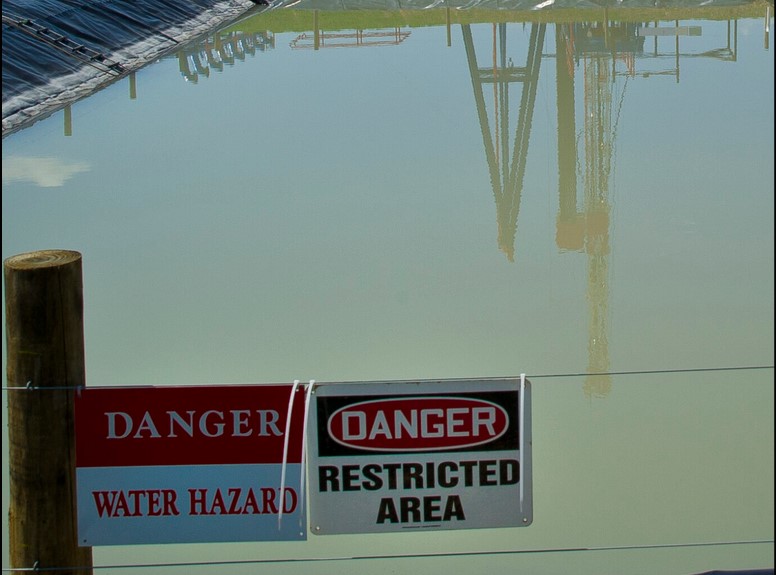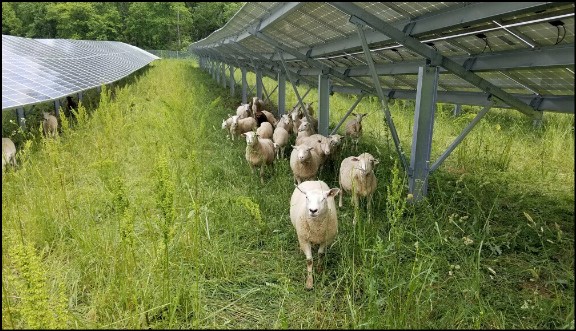Updated: Feb. 04, 2022, 2:16 p.m. | Published: Feb. 02, 2022, 5:15 a.m. Cleveland.com

By Guest Columnist, cleveland.com
ANN ARBOR, Michigan — Ohio is stuck in the past. In 2020, the state ranked as the fourth-largest electricity-consuming state. A whopping 69% of that energy was coal-powered, making Ohio one of the top 10 coal-consuming states in the nation, with the sixth-largest carbon dioxide emissions. Locally, the coal industry wreaked havoc on the economy, health, and environment of Appalachian Ohio.
In 2019, Ohio regrettably passed House Bill 6 that further propped up coal plants and reduced renewable energy and energy efficiency programs, elements of the bill that are still in force.
Luckily, House Bill 450 has been introduced by Republican state Reps. Brian Baldridge of Winchester and Laura Lanese of Grove City. HB 450 would launch community solar projects specifically aimed at better serving Appalachian communities that are the most harmed by coal emissions.
Community solar is a model of solar deployment that is built by and for the community. These projects are generally smaller solar arrays located within a community where multiple customers can sign up to receive credits on their utility bill for their share of the electricity that is produced by those panels.
Community solar addresses the gap in who can benefit from the renewable-energy transition. An estimated 80% of Americans cannot install their own solar panels for countless reasons: inadequate roofs in either light exposure or building structure; because they are renters unable to modify their roofs; or for lack funds for a downpayment, with limited access to loans.
A local community solar array provides community members with more equitable access to the economic benefits of solar generation.
Why does community solar make sense in Ohio? If passed, HB 450 allows for up to 3,000 megawatts of community solar around the state. For reference, one megawatt of solar can power about 190 homes on average in the United States.. In total, the bill could provide solar energy benefits for 330,000 Ohioans.
Community solar offers numerous benefits for a just transition to the clean-energy economy, such as supplementing income for farmers, supporting the growth of manufacturing industries, creating local construction job opportunities, and drawing more companies to Ohio as the demand increases for renewable energy in the business community.
Community solar bridges political parties because it spurs the local economy without the need to spend public money or raise taxes. That’s why HB 450 has the endorsement of both the Ohio Conservative Energy Forum and the Ohio Sustainable Business Council.
Why is this needed in Appalachian Ohio?
Appalachian Ohio is dotted by the ghosts of its industrial past, including industrial sites and blight. HB 450′s “distressed site” clause is key for the region. Distressed sites include areas such as former industrial sites or landfills. Appalachian residents who live along the Ohio River near these distressed sites are disproportionately subject to industrial pollution. The distressed-site clause reserves one-third of the megawatts allotted statewide for distressed sites and requires that the majority are in Appalachian Ohio.
Some localities and nonprofits have independently moved forward with some forms of community solar programs, recognizing its many benefits. For example, UpGrade Ohio has developed several cooperative programs throughout Appalachian Ohio. Ultimately, Ohio needs a policy framework to make community solar more broadly feasible.
Why now? Over one-third of U.S. states already enjoy the benefits from community solar. By joining them, Ohio could provide revenue to farmers, savings to homeowners, and work to electricians and solar installers. Moreover, the current public health and economic crisis and the worsening climate crisis demonstrate the urgency of decarbonizing the grid while providing economic support to the most vulnerable communities in Ohio.
What can you do? If you want to see locally driven community solar projects in Ohio, please contact your local legislator and advocate for community-solar initiatives.
Jessica Berger is a graduate student at the University of Michigan pursuing a degree in environmental justice with a background working in micromobility and renewable energy.
Source: https://www.cleveland.com/opinion/2022/02/community-solar-bill-would-offer-energy-justice-to-appalachian-ohio-jessica-berger.html
Share


